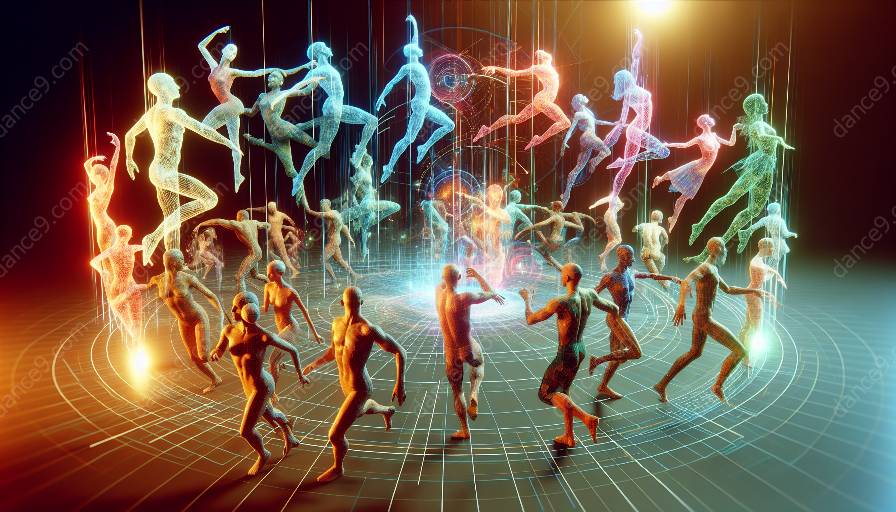Dance and holography are two art forms that, on the surface, may seem worlds apart. However, when combined, they create a mesmerizing and immersive experience that pushes the boundaries of creativity and technology. In this article, we will delve into the captivating fusion of dance and holography, as well as the technical aspects that contribute to the creation of compelling dance performances.
The Art of Holography in Dance
Holography is the technique of creating three-dimensional images using light. When applied to dance performances, holography introduces an element of surrealism and innovation that captivates audiences. Dancers can interact with holographic elements, creating visually stunning and immersive spectacles that blur the lines between reality and imagination.
One of the most remarkable aspects of holographic dance performances is the ability to manipulate space and perception. Through holography, dancers can defy the limitations of traditional stage setups, giving rise to surreal environments and otherworldly experiences for both performers and spectators.
Technical Aspects of Holographic Dance Performances
The seamless integration of holography in dance performances relies on a sophisticated interplay of technologies. Projection mapping, a key component of holographic displays, allows choreographers to incorporate holographic elements seamlessly into their routines. By precisely mapping holographic projections onto the stage, dancers can interact with virtual objects and environments in real time, opening up a realm of creative possibilities.
Furthermore, advancements in motion-capture technology have revolutionized the way dancers engage with holography. Motion-capture systems enable performers to seamlessly sync their movements with holographic elements, resulting in a harmonious and enchanting fusion of physical and virtual art. With the precise tracking of their movements, dancers can immerse themselves in a world where the boundaries between the tangible and the ethereal dissolve.
The Role of Technology in Shaping Contemporary Dance
Beyond the realm of holography, technology continues to play a pivotal role in shaping contemporary dance. From interactive lighting systems that respond to performers' movements to wearable sensors that capture kinetic data, dancers are increasingly leveraging technological innovations to push the boundaries of their craft.
Furthermore, virtual reality (VR) and augmented reality (AR) have opened up new frontiers for choreographers and dancers. Through VR, audiences can be transported to surreal landscapes and immersive environments, creating a multisensory experience that transcends traditional stage performances.
Embracing the Future of Dance and Technology
The fusion of dance and holography exemplifies the boundless potential of innovation and creativity. As technology continues to advance, the possibilities for intertwining dance with immersive technologies are limitless. From holographic dance performances that transport audiences to ethereal realms to the integration of cutting-edge motion-capture systems, the future of dance is intricately linked with technological advancements.
By embracing the convergence of dance and technology, performers and choreographers are embarking on a journey of exploration and experimentation. Through this synergy, they are reshaping the landscape of dance, creating enthralling experiences that captivate and inspire audiences around the world.

































